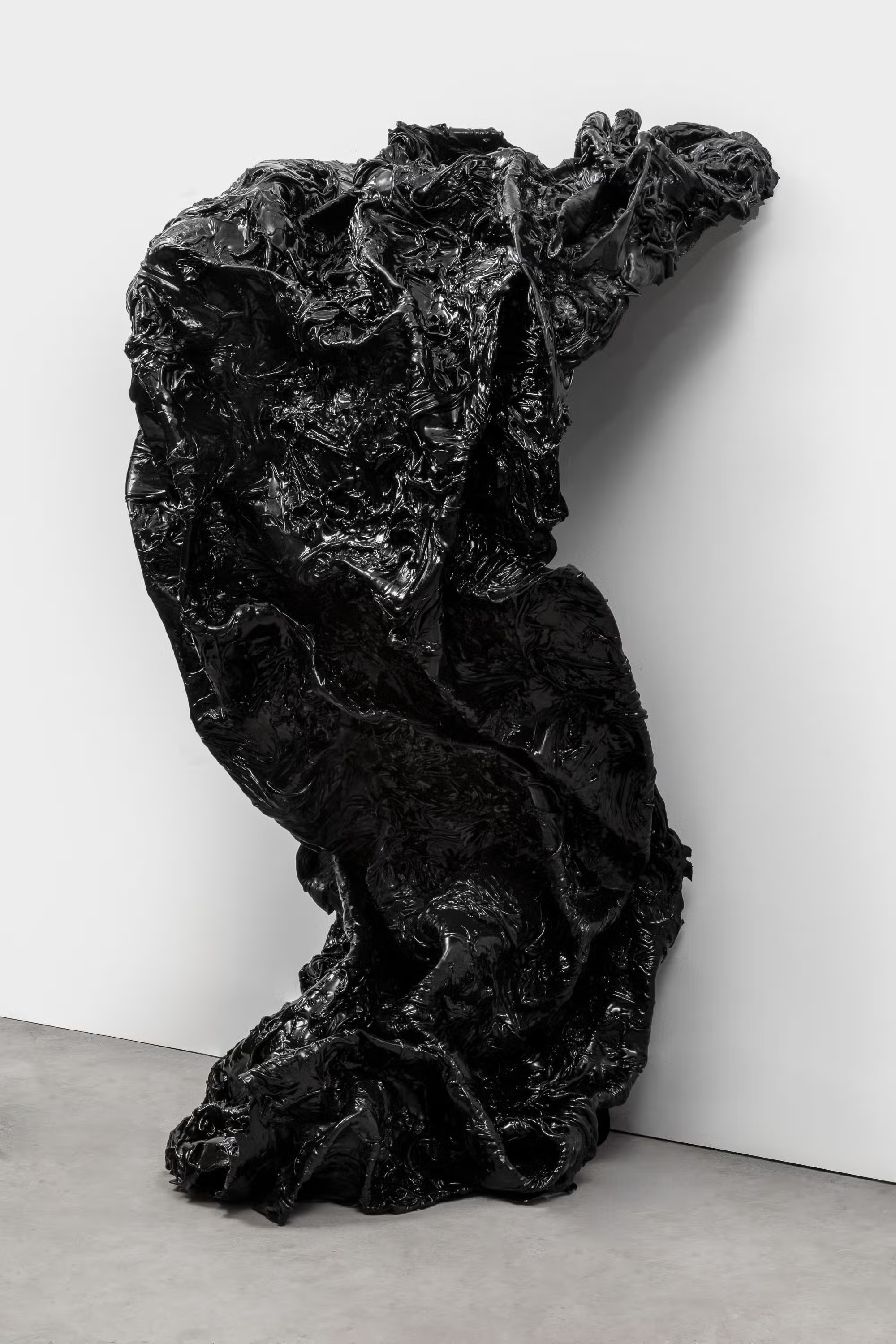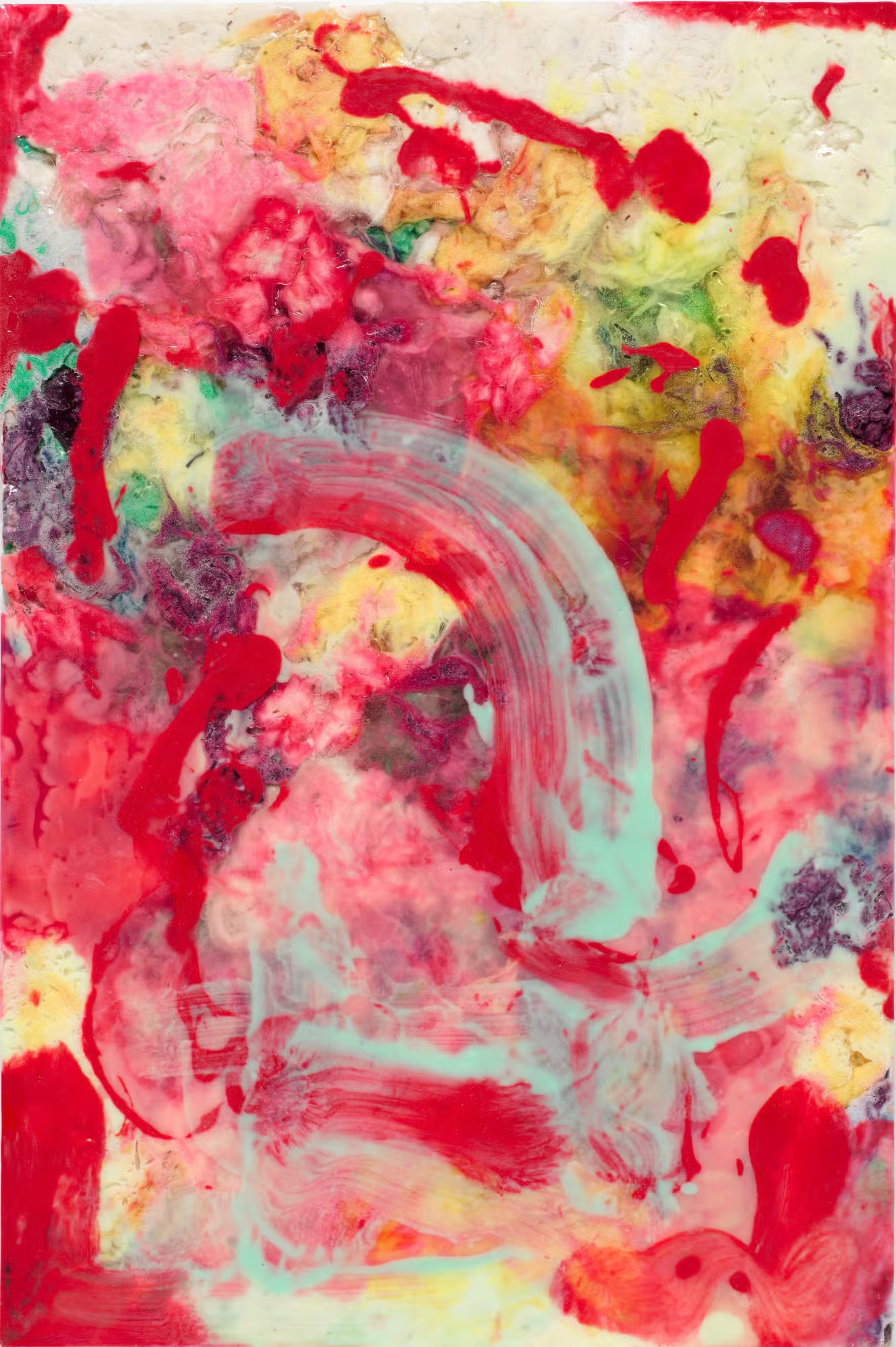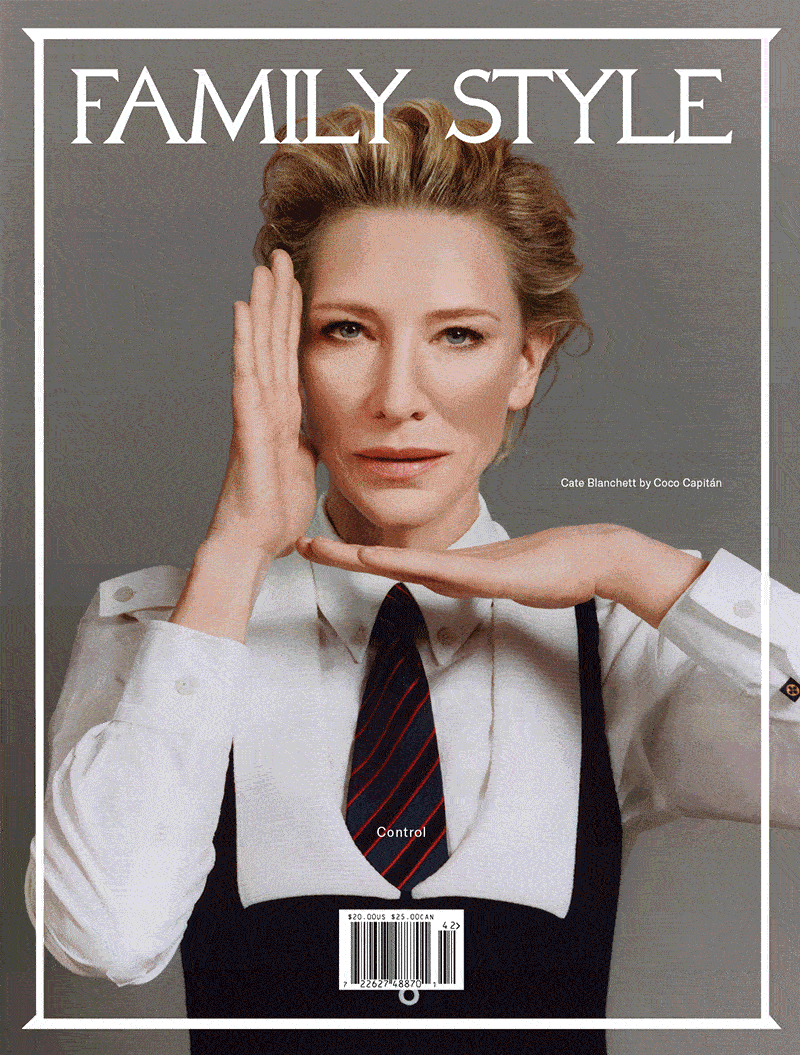.avif)
Alteronce Gumby, Zulu, 2023. Image courtesy of Gagosian.
Antwaun Sargent’s latest curatorial project, “Social Abstraction,” debuts tomorrow at Gagosian’s Beverly Hills location, with a companion show opening in Hong Kong on September 10. An extension of the curator’s “Social Works” series that started in New York in 2021, the exhibition is a formal investigation of materials, through the quotidian, color, and Black aesthetics. The occasion unites an intergenerational range of emerging and mid-career Black artists who each consider abstraction in their own ways. Leading up to the opening—and on the three-year-anniversary of the initial “Social Works”—Sargent discusses his unique approach to curating, the deep relationships he has forged with his artists, and what to expect in Los Angeles and Hong Kong. “There’s always this meaning they’re pushing for, and that’s not always the experience of identity,” reflects Sargent on the artists whom he works with. “What I'm also trying to get at with this exhibition is the space that abstraction opens up for a kind of freedom.”
K.O. Nnamdie: Hi, Thank you for your time today. First thing that I wanted to say is congratulations on the shows coming up! The cast of artists are an arrangement of young and old, some new to me that I have not heard of before which is always exciting.
Antwaun Sargent: Like who?
KON: Like Allana Clarke!
AS: Allana’s sculptural reliefs are a sort of investigation into her own relationship to Black beauty aesthetics. They are completely made out of hair bonding glue. So you have this relationship to materiality that you see throughout the exhibition, which is essentially a painting and sculpture show. You see it with Lauren Halsey’s hair work, too. She takes the history of hair throughout Black life and womanhood from Nicki Minaj to Lil Kim but then she abstracts that notion and says something about a deep investigation of color and color theory. It has a relationship to Donald Judd, color blocking, minimalism, and all of that, but it also ties into how Black women think about beauty, being, and space. Look at Amanda Williams: She's investigating color through the “What Black Is This, You Say?” series. She's actually working to invent a kind of paint that has the textures of the candy in which Black women and communities across the country used to sell out of their apartments, or all along the street. It was overlooked and totally forgotten. Amanda thinks about economic empowerment and those acts of self-regard, and boils it down to an essence and a social abstraction. You can have a purely formal conversation about any number of these works. Part of the special residence of the work is the fact that it also operates in a social context. I think that is what I'm also trying to get out of this exhibition. I just see this in a heavy way in relation to Black artists. There's always this meaning that people are pushing for. There's always a story—but that's not always the experience of identity. I think that what I'm also trying to get at with this exhibition is the space that abstraction opens up for a kind of freedom.

Allana Clarke, Witness Me, 2024. Image courtesy of Gagosian.
KON: What is your favorite approach to curating exhibitions? Mine is to select what interests me most within the loosest parameters rather than stating an all-encompassing didactic premise.
AS: I think I’m somewhere in the middle. As I was writing and thinking about books, and eventually exhibitions I thought, These are artists that I came up with. I've been in a studio with all of these artists, so I'm so interested in trying to bring some of that into the gallery space. I listen to what they are saying—not the market, the museum, or the demands of a particular moment trying to be on the right side of history. If the artists weren’t making work in this way, then there wouldn’t be a possibility for a show. For me, the idea comes out of me saying “So what are you guys doing? Are there some themes?” Then I leave it open-ended enough for some of it not to make any goddamn sense. Like what you're saying, I have no interest in being extraordinarily didactic. If you get it, great—If you don't, great! It really is about what can happen when you bring a community of artists together.
KON: Right. So your curatorial practice does involve intellectual rigor, but also leaves space for those intuitive moments in making as well.
AS: Yeah, 100 percent. What I love about working in a commercial gallery setting is that things can keep changing, up until we open that door.
KON: Constant evolution is usually encouraged and needed.
AS: For example when Derrick [Adams] had his show with the gallery, which happened to be in LA too, he brought his paints in one day and just started painting in the gallery on the floor. If there is enough room, there's enough space, there's enough install time, I always prefer that. I really want the work to be the closest to the vision of what the artists want to put out in the world.
KON: To make space for that to happen is important.
AS: You can continue to explore ideas and ideas don't become fixed and exhibitions don't become fixed in that way. My shows are always about the public, artists, it's not just about…
KON: The market?
AS: Yeah. It is that too, though, right? That's how I keep being able to do these shows. I think Gagosian is big enough that you can have your own lane. There are other things that are important to other people. The art world has been squeezed in such a way that we have also put this sort of over emphasis on the solo show. I get why that is, and I understand that, I also care about the solo show, but I also care about what a group show does. It's important, and is a signal of community. I love these summer shows because it allows for a different kind of engagement.
KON: It sounds like you're talking a lot about experimentation. Is it important to you to show the range of the artist and also of your curatorial taste?
AS: Yeah, I mean, I think this is the most experimental show I’ve ever done in terms of material. I'm just interested in having as many conversations as I possibly can, and that means that you have to show a broader idea.

Kevin Beasley, Artist Slab (Pane I), 2024. Image courtesy of Gagosian.
KON: I really appreciated hearing you mention freedom earlier. A lot of the artists that you've selected to present in LA are really being celebrated for this slippage or being able to oscillate between two or three many forms within their practice.
AS: I’m so grateful in some ways that that slippage is now being celebrated, because it hasn't always been. I think that's why it feels authentic to me in some ways. It feels true to me, my taste, and what I've seen. When I came to New York and fell in with these artists and saw their studios and saw how they were seeing the world, it reset my thinking about who I was and who we could be. As someone who did not study art, it was almost mind blowing to have ideas around my own identity, culture, the world, and power. That's why I'm so engaged because it is life for me—it’s a kind of religion.
KON: You just elegantly dispelled this notion of a distant, objective curator, which really seems increasingly outmoded nowadays. I am also interested in collaboration with artists. I really want to know what they're thinking. Curators from the past were not always—and some still are not—valued for this. It's really great to hear from a fellow curator, writer and director who is interested in these things. I know the artists you work with are really grateful, too.
AS: These artists and works are too close to something like family for it to not be a deeply personal engagement.
KON: Right, rather than simply using the work that they make to demonstrate concise ideas of your own, curatorily speaking.
AS: Yeah. I just want them to succeed. I’m always willing to go beyond my taste, too. I am not only interested in my own perspective, my own place, my own sensibility.
KN: Are there new themes that are coming to the surface? You know how when you’re working on a show and there's magic that comes in, an intuitive thing that shows up and dovetails things together… Is there a thread that you didn't anticipate?
AS: That happens in a lot of ways on an ongoing basis. It doesn't just contain itself to this particular show. There’s always just a great sense of discovery in a studio. The space and freedom of a gallery allows me to try to capture it.
KON: Yes, absolutely
AS: I was talking to Cameron Welch—who I’ve been friends with since our early 20s—and I’m in the studio, like “is that a table? Since when did you start making furniture?”
KON: I remember he made a bed one time and I was so amazed..
AS: I wanted to put them in our Hong Kong show! I’m always willing to up the stakes. Part of this project is to think about the notions of authority and its relationship to the shows that we do, the risk that we take, and the stakes or the conversations that we define as a community.
KON: You are leaving things open for other curators and anyone else who’s curious to dig in and explore. It doesn't just start and stop with the exhibition.
AS: Exactly. Even with artists I don’t represent, we still call each other for advice.
KON: It's a real network you're talking about. A social anything is a network and that is what it is.
"Social Abstraction" is on view at Gagosian Beverly Hills from July 18–August 30, 2024 at 456 North Camden Drive Beverly Hills, CA 90210.





.avif)





.avif)

